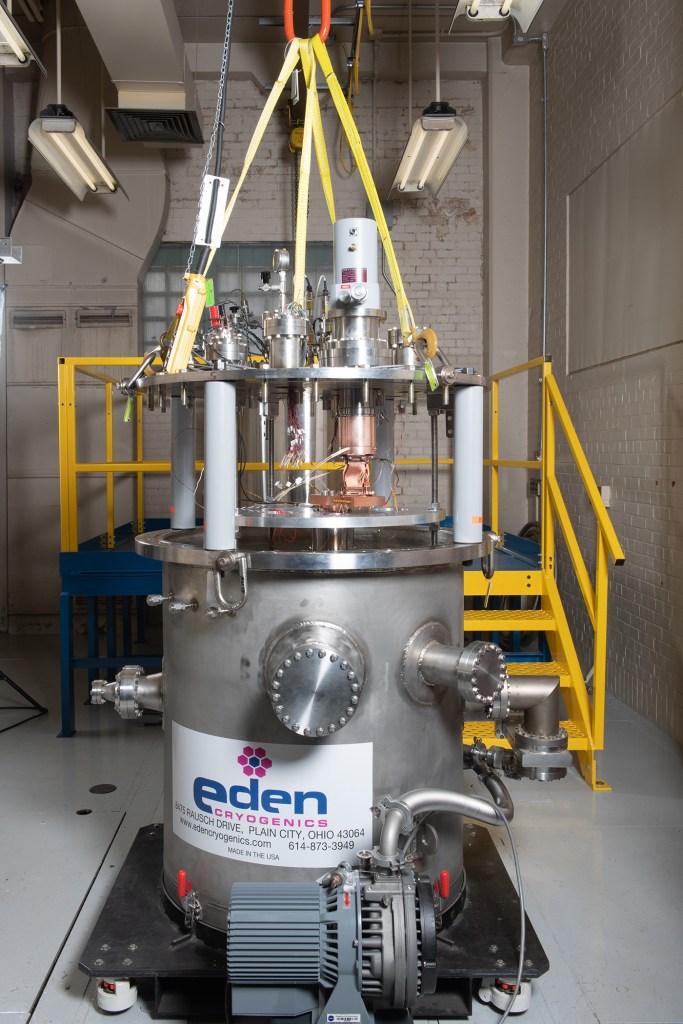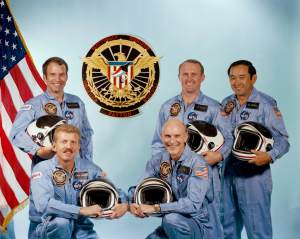A rare alignment of the outer planets in the late 1970s provided an opportunity to explore that part of the solar system with relative ease, using gravity assists to send spacecraft from one planet to the next. To take advantage of this every 175-year event, NASA planned to send a pair of Voyager spacecraft to fly by Jupiter and Saturn, with the possibility of even exploring Uranus and Neptune. To ensure that spacecraft can survive passing through the Asteroid Belt and Jupiter’s strong radiation environment, NASA’s Ames Research Center in California’s Silicon Valley designed and managed two Pioneer spacecraft as pathfinders. Pioneer 10 launched first on March 2, 1972, and its twin Pioneer 11 on April 5, 1973. Pioneer 11 carried 12 scientific instruments to study Jupiter and Saturn, their environments, and interplanetary space.
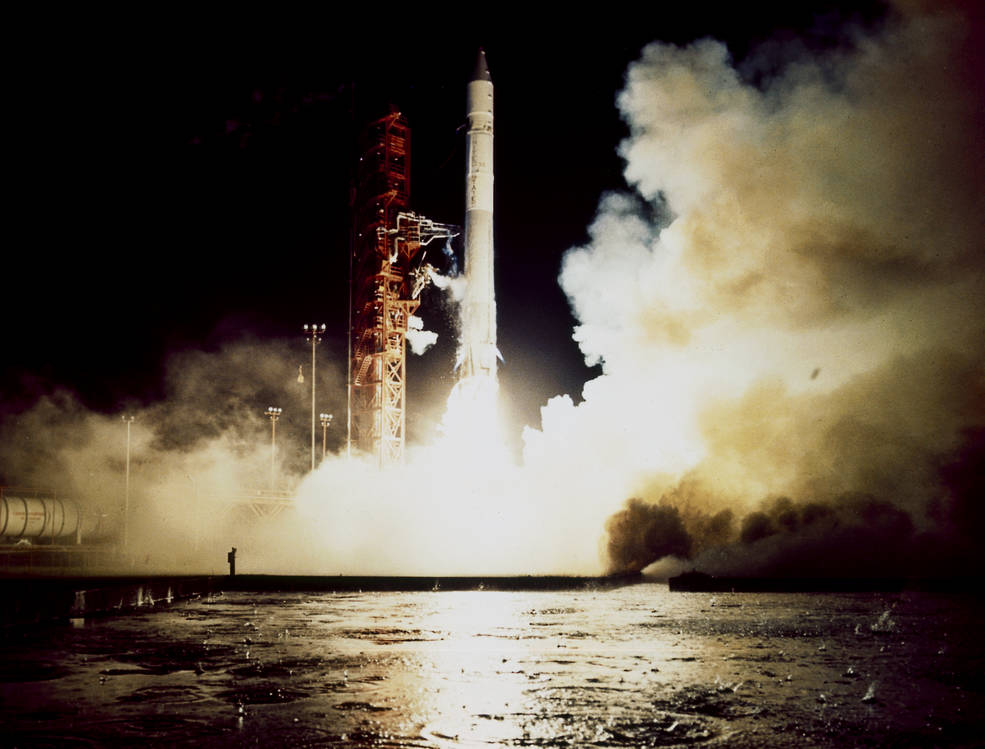
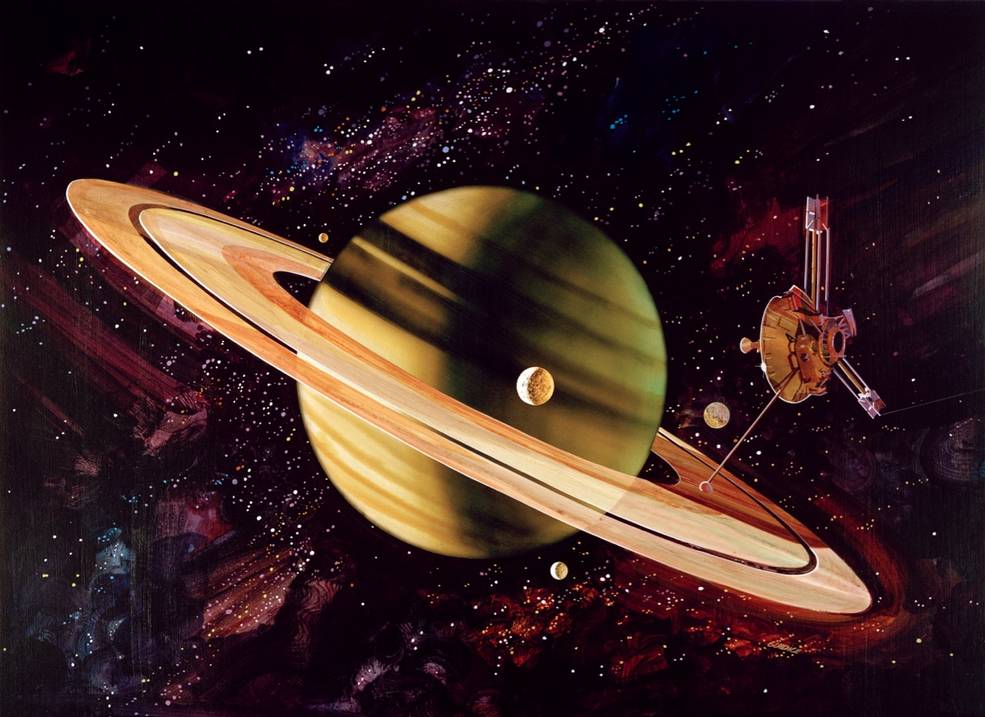
Left: Launch of Pioneer 11. Right: Illustration of Pioneer 11 near Saturn, by Rick Guidice.
As originally conceived, Pioneer 11 was intended as a backup to Pioneer 10. By the time the second spacecraft launched, the first had already safely traversed the asteroid belt and was on its way to the very first encounter with Jupiter in December 1973. After Pioneer 10 successfully completed its observations of Jupiter, in May 1974 mission planners retargeted Pioneer 11 to use the giant planet’s gravity to slingshot the spacecraft to encounter Saturn. Pioneer 11 completed its crossing of the asteroid belt in April 1974, and encountered Jupiter on Dec. 2, taking the most detailed images of the Great Red Spot and mapping Jupiter’s polar regions. Course corrections in May 1976 and July 1978 refined the spacecraft’s trajectory toward Saturn.
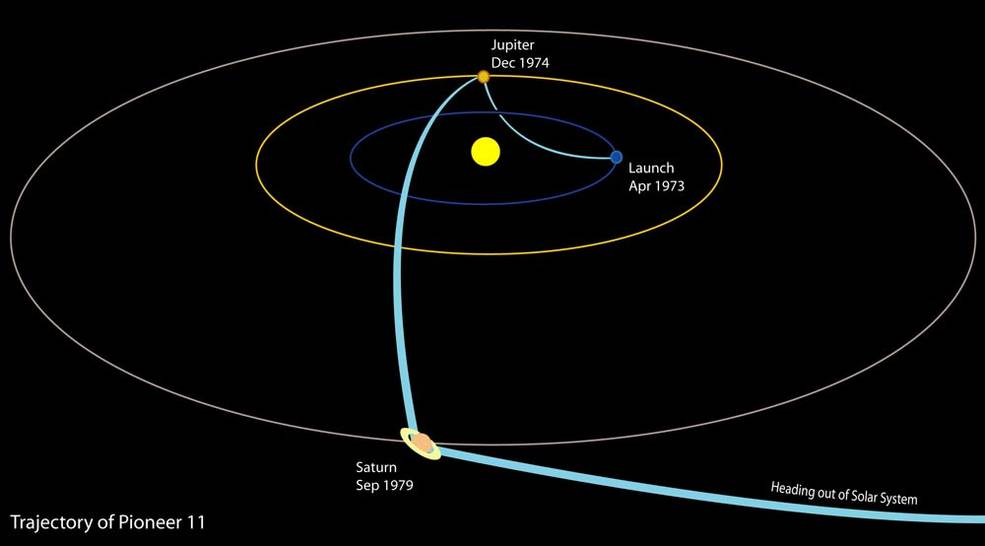
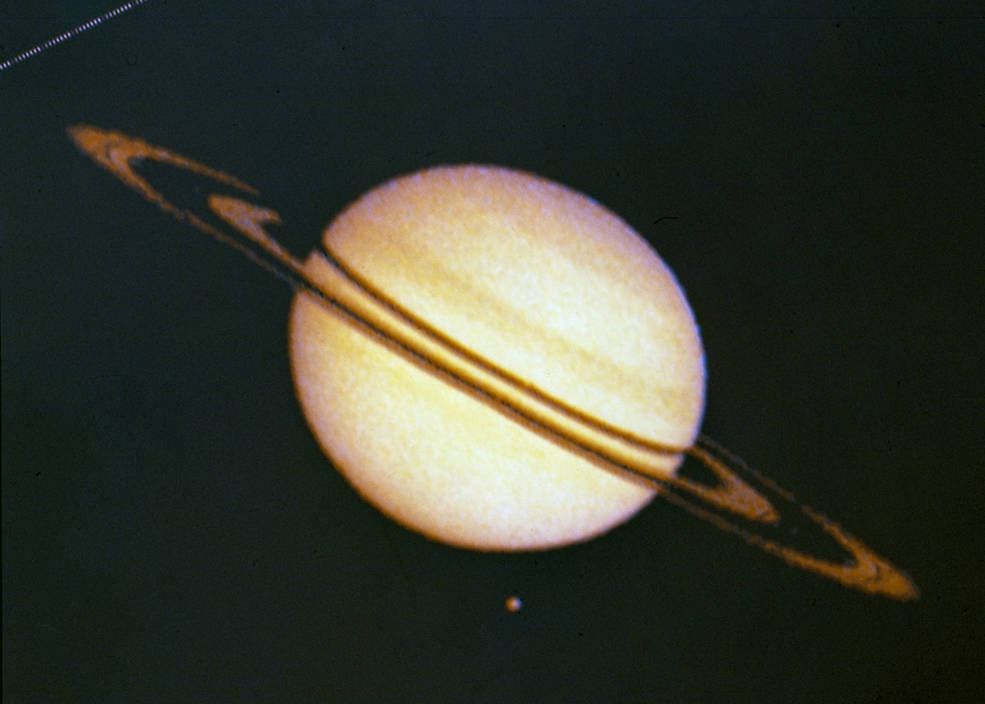
Left: Trajectory of Pioneer 11 through and out of the solar system, with fly-bys of Jupiter and Saturn. Right: Image of Saturn and its largest moon Titan (just below the planet) taken when Pioneer 11 was about 1.8 million miles away.
In late July 1979, Pioneer 11 began its observations of Saturn. By that time, Voyager 1 and Voyager 2 had been launched, had completed their fly-bys of Jupiter, and were on their way to Saturn as well. NASA managers had to choose where to target Pioneer’s flyby of Saturn to provide maximum support to the Voyagers. Options included a more scientifically interesting but riskier passage through Saturn’s inner rings or a less interesting pass through the outer rings but which would be a pathfinder for Voyager 2 that would have to take that same path to ensure the proper gravity assist to send it on to Uranus and ultimately to Neptune. After much deliberation, managers decided it was more important to ensure that Voyager 2 complete the planned grand tour of the outer planets. On Sep. 1, 1979, Pioneer 11 passed within 13,000 miles of Saturn’s cloud tops at a velocity of 71,000 miles per hour. During the encounter, it sent back data on the planet, its rings, and its satellites, including 440 images. Based on the data, scientists learned that Saturn’s atmosphere consists mostly of liquid hydrogen and confirmed that the planet had a magnetic field. Images of Saturn’s moon Titan revealed an orange cloud-shrouded globe, with a global temperature of minus 315°F. Pioneer 11 discovered two new moons and one new ring orbiting Saturn. The spacecraft completed its study of the ringed planet in October 1979.
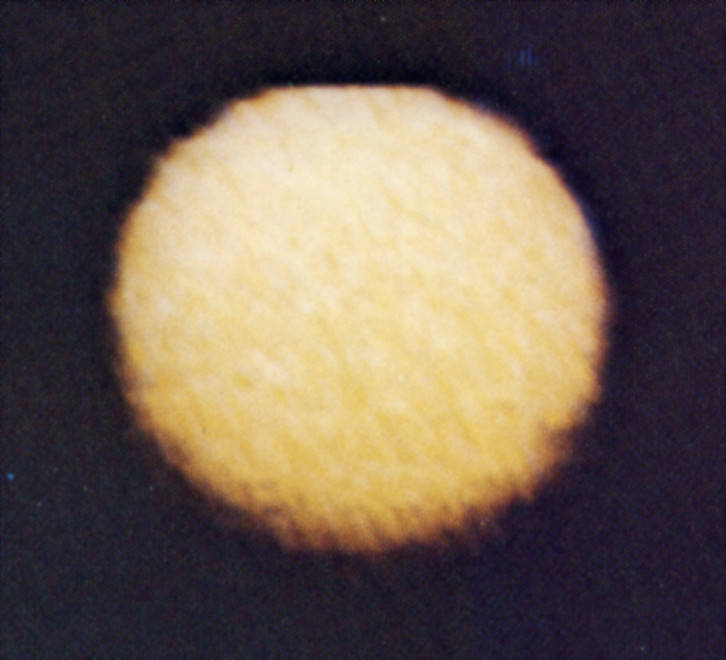
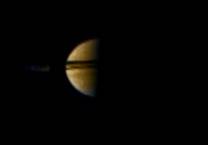
Left: Image of Titan taken by Pioneer 11 from about 2.2 million miles away. Right: Image of Saturn taken by Pioneer 11 after its successful flyby.
Planned for 21 months of operations, just long enough to reach Jupiter and study the giant planet, Pioneer 11 ended up making the first remote observations of Saturn and operating for more than 22 years. After the encounter with the ringed planet, Pioneer sailed on a trajectory to eventually leave our solar system. On Feb. 23, 1990, it passed the orbit of the outermost planet and began its interstellar mission. The final signal from the spacecraft was received on Nov. 24, 1995, when it was more than 4 billion miles from Earth. Should an advanced alien civilization find either Pioneer spacecraft, each carried a plaque providing information about its creators and where it originated. Carl Sagan, Frank Drake and Linda Salzman Sagan designed the plaque.
A full-scale mockup of Pioneer 10 and 11 is on display at the Smithsonian Institution’s National Air and Space Museum’s Milestones of Flight exhibit.
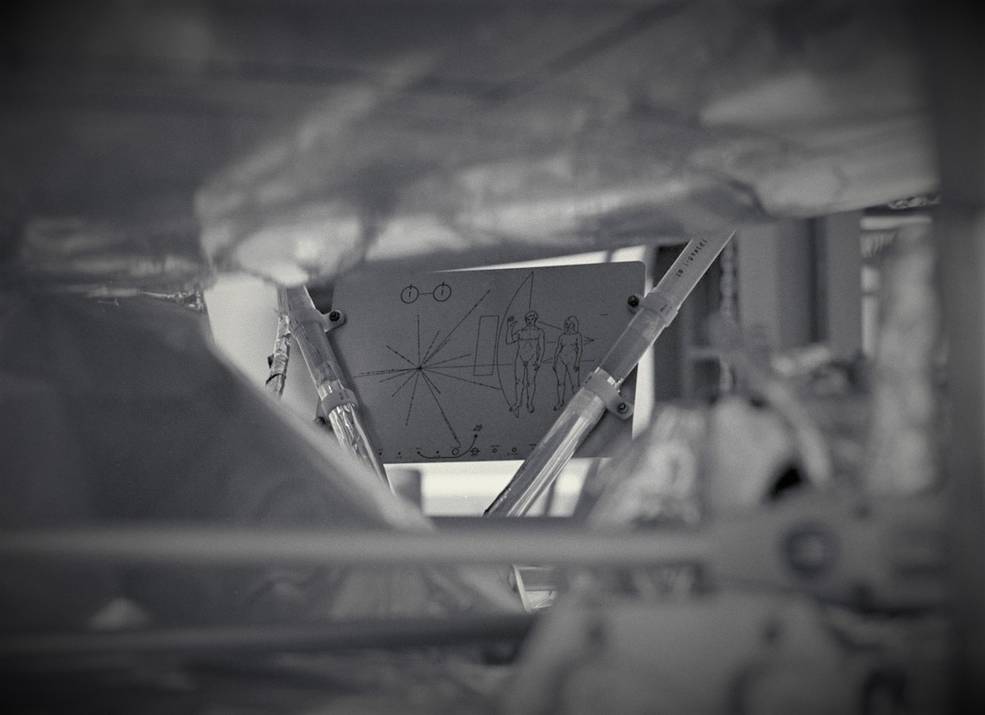
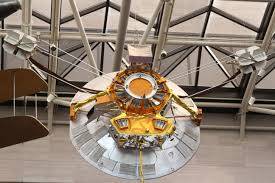
Left: The plaque mounted on both Pioneer 10 and 11, with information about their creators, in case the spacecraft are discovered by an intelligent alien civilization. Right: Mockup of Pioneer 11 at the National Air and Space Museum. Credits: NASM.


















